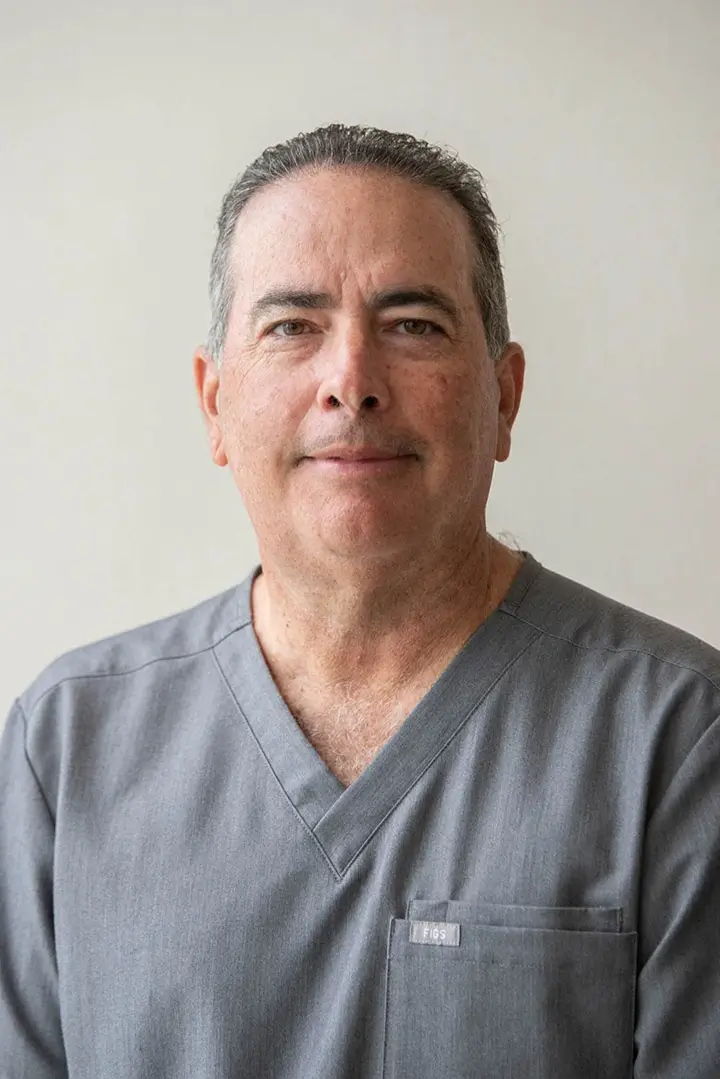(Times of India) It is well-known that stem cells exist in adult tissues. The most commonly known stem cell, the bone marrow stem cell, plays the physiological role of generating billions of blood cells per hour while being capable of making copies of itself. Subsequent to the discovery of the bone marrow stem cell in the 1960s by Till and McCulloch, other types of stem cells were subsequently identified in other tissues. For example, the brain contains a stem cell compartment term the “dentate gyrus” which is capable of creating new neurons at a basal rate, with acceleration of new neuron formation during pregnancy or after stroke. Other tissue specific stem cells include those found the in liver, the heart, and the spleen. One common characteristic amongst stem cells is their ability to efflux various drugs through expression of the multi-drug resistance (MDR) protein, as well as preferential state of quiescence in absence of growth factor activation.
One important reason to seek tissue-specific stem cells is that if they could be expanded in large numbers they may theoretically be superior to other stem cell types for therapeutic uses. For example, culture-expanded cardiac specific stem cells are superior to bone marrow stem cells at accelerating healing of the heart muscle after a myocardial infarction. These types of stem cells are actually in clinical trials at present.
The other reason for identifying tissue-specific stem cells is that they may be useful in identifying molecular events that occur in the process of normal tissue changing to cancer. This is of interest because cancer stem cells are believed to originate from tissue-specific stem cells acquiring numerous mutations.
Currently researchers from the Fred Hutchinson Cancer Research Center have identified a tissue-specific stem cell in the breast. The scientists developed genetically engineered mice in which the green marker protein GFP was used to identify only breast cells that express the stem cell phenotype. The findings appeared in peer-reviewed journal Genes and Development.
“Until now, we have not been able to identify stem cells in mammary tissue. They have never been detected before with such specificity. It is extraordinary. You can see these green stem cells under the microscope in their pure, natural state,” said Larry Rohrschneider of the Hutchinson Center.
It was demonstrated that the activity of the mammary stem cells is modulated during times associated with breast growth such as puberty and pregnancy.
“We have found that those transplanted green stem cells can generate new mammary tissue and this tissue can produce milk, just like normal mammary epithelial cells,” said co-author Lixia Bai.
“Identification of the exact stem cell and its location is the first critical and fundamental step toward understanding the regulatory mechanisms of these important cells,” she said.
The technology described in the publication may be useful in isolating and expanding human breast specific stem cells. If these studies are reproducible, it will be of great interest to see whether they still possess ability to home to injured tissue, which to date has been clearly demonstrated in bone marrow stem cells but not with too much clarity with cardiac –specific stem cells or other types of tissue-specific stem cells.
Scientists identify and isolate adult mammary stem cells in mice

Reviewed By:
Jorge Paz-Rodriguez, M.D.
Board Member & Medical Director
Dr. Paz leads the Stem Cell Institute team dedicated to advancing patient care through stem cell therapy. Board-certified in internal medicine, he trained at Lincoln Hospital in NYC and has directed Wellmed Clinics in Texas and Panama, specializing in chronic disease management.
